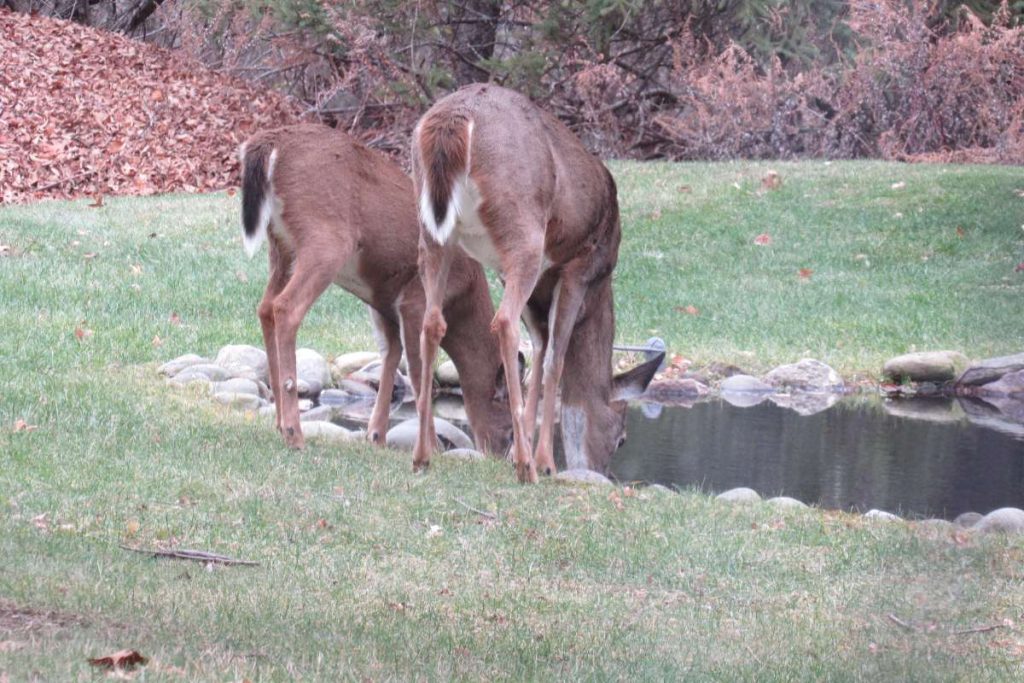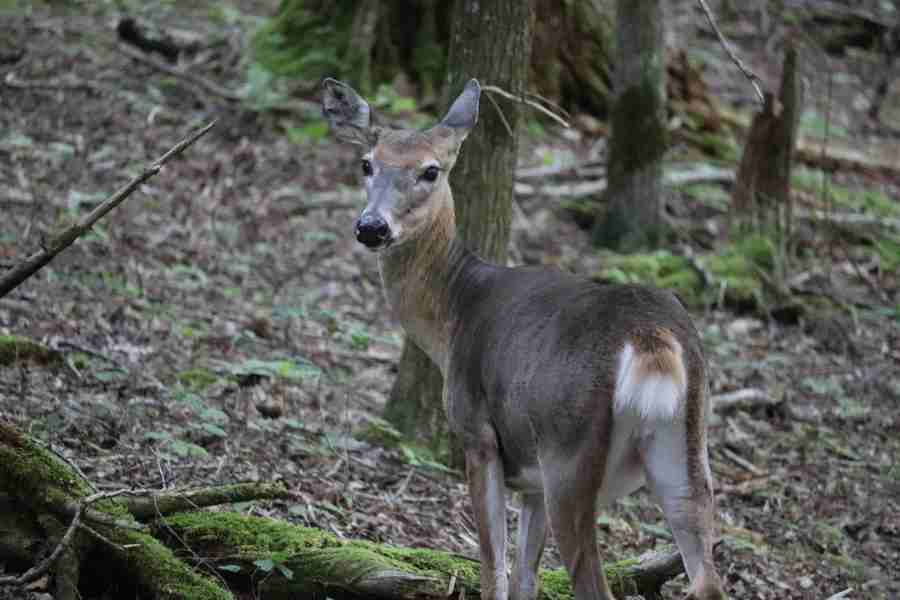Nature often dictates a deer’s movement, creating what hunters know as ‘deer funnels’. These strategic natural pathways, whether formed by terrain or vegetation changes, channel deer along specific routes, often the easiest paths with thick cover.
They’re a game-changer in hunting, guiding deer right into your path, especially mature bucks seeking safety.
By identifying and utilizing deer funnels, you make your hunt more predictable and successful.
Contents (Jump to Topic)
ToggleThis guide will delve into how to spot various types of funnels, crucial pinch-points, and the influence of wind direction on your hunting strategy.
Types and Locations of Deer Funnels
Deer funnels fall into two categories: terrain funnels, shaped by natural features like coulees and creek bottoms, and vegetation funnels, formed by field corners, cover changes, and even man-made structures like fences.
Big open hardwoods aren’t ideal as they don’t define movement, whereas hunting outside hardwoods or where they change into different habitats is preferred.
Field edges, inside corners, and habitat change lines are prime examples of pinch points and funnels.
Utilizing Elevation and Terrain in Deer Hunting
Elevation changes are key in predicting deer movement.
Scouting using aerial photos and topography maps is essential, particularly on public land.
Deer generally steers clear of steep faces unless pressured. Look for trails running parallel to ridges, as these indicate deer paths.
Saddle areas, marked by undulating ground, often feature intersecting trails.
By observing movement along benches and saddle areas, you can identify crucial pinch points.
Hunting in hilly terrains can greatly increase your odds of locating these points.
Deer typically favors moving along bench systems found on steep faces.
Habitat Change and Deer Movement
Habitat change lines play a crucial role in deer movement.
Different habitats undergo varying stages of change. Public land with clear-cut edges can be prime hunting spots.
Young clearcuts attract deer, offering food and cover. So make sure to pay attention to those.
Older cuts, however, become too dense for deer passage.
Better focus on areas where habitats change, like swamp edges or fields in the early stages of growth.
Deer often moves through inside corners of these changes, with double corners offering even more movement.
Edge variation and the age of timber are significant in determining deer paths.
Narrow woodland strips or river bottoms are common deer routes.
Hunting along these edges, considering wind direction, can be highly effective.
- Inside corners of habitat change can lead to deer movement.
- Double inside corners can provide even more deer movement opportunities.
- Edge change and timber age are important factors in deer movement.
- Narrow strips of woods or river bottoms can serve as deer travel routes.
- Deer tend to follow the edges of these habitat features.
Importance of Funnels and Pinchpoints in Deer Hunting

Funnels, created by heavy cover and switchgrass fields, and natural pinch points concentrate deer movement.
Access, neighboring properties, and quality food sources all impact funnel placement.
Developing dense covers, water holes, and mock scrapes can enhance these features.
- Funnels and pinch points influence access and food locations.
- Funnels can be created by heavy cover and switchgrass fields.
- Pinch points are natural areas that concentrate deer movement.
- Access and neighboring properties affect funnel placement.
- Quality food sources can attract deer to specific areas.
- Developing dense cover enhances the effectiveness of funnels.
- Water holes and mock scrapes can be used to attract deer.
Before you go..
When hunting, patience, and strategy pay off. Play the long game, especially on public land where wind direction matters.
Be adaptable in your methods. Understand how habitat drives deer movement, and focus on funnels and pinchpoints to increase success.
Mature bucks key in on edges of open hardwoods, clear cuts, and narrow timber. Refine your strategies by learning deer patterns.
Developing a successful food plot program can be an effective way to create both funnels and pinch points for your hunting endeavors.
Happy hunting!
Sources:
https://www.northamericanwhitetail.com/editorial/huntingtactics_naw_1007_05/263965
https://www.northamericanwhitetail.com/editorial/whitetail-scouting-101-locating-funnels-and-pinch-points/262295
https://bowhuntersunited.com/2020/10/01/how-terrain-funnels-deer-movements/






